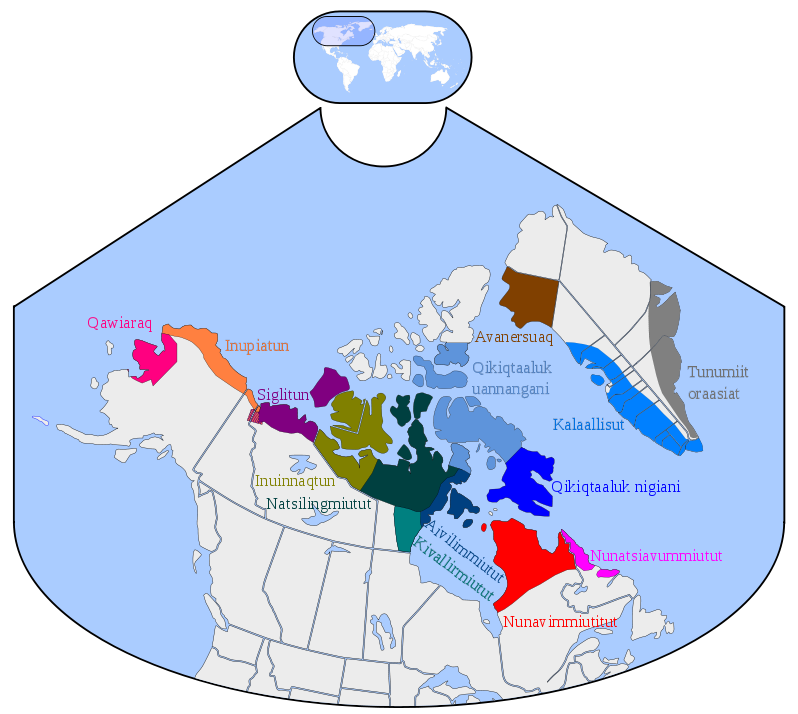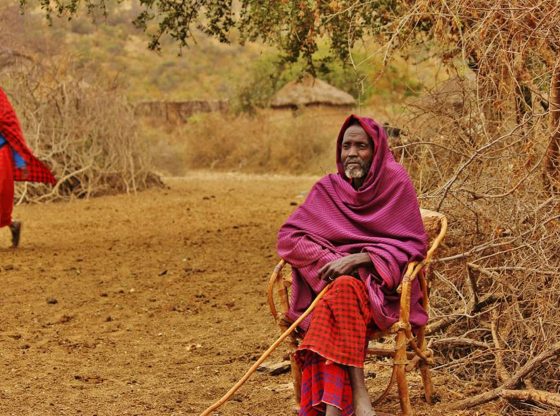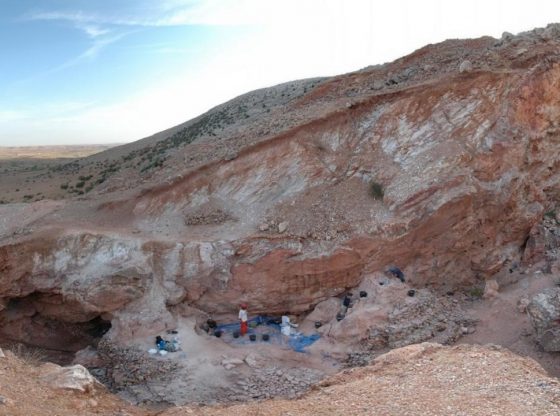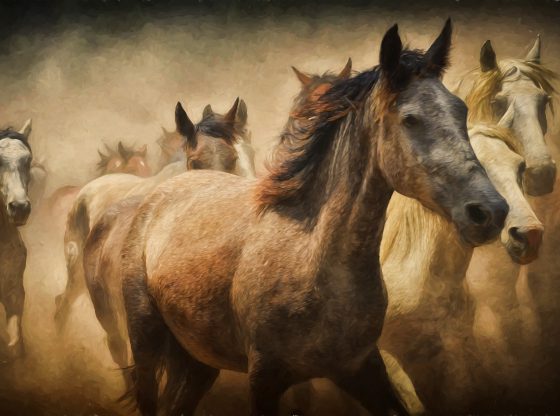The Inuit’s inhabiting the Arctic regions have a specific gene from the extinct Denisovan hominin – which allows them to withstand cold better. This, according to new research published in the scientific journal Molecular Biology and Evolution.

The Inuit homeland stretches from Alaska to Greenland on the northern hemisphere.
Winter can be as cold as minus 40 degrees in these regions, and the reason to why the Inuit people for thousands of years have been so successful in this extreme climate may be due to their genes.

The new study may explain how the Inuit, the indigenous peoples of North America, Greenland and Siberia may have coped with the cold a little better, thanks to a specific gene – a gene that they received from the now extinct Denisova hominin, which was closely related to Neanderthals.
The gene is called TBX15 and has in earlier studies been linked to what is called brown fat cells. These fat cells use a lot of energy and generate a lot of heat. Brown fat also contains more capillaries than white fat, to supply the tissue with oxygen and nutrients and distribute the produced heat throughout the body. The TBX15 gene appears to be more common among peoples who live in cold arctic climate.
This gene variation was probably introduced into our genome 20,000 to 40,000 years ago and was favored by evolution. Where this genetic exchange took place is more difficult to pinpoint based on the little data currently available to science about the Denisovian hominin. So far, the only remains found is a piece of a finger and a tooth from a cave in Siberia.
Researchers at the Max Planck institute for molecular biology in Germany were able to extract intact mitochondrial DNA (mtDNA) from the finger bone that showed it to be genetically distinct from the mtDNAs of Neanderthals and modern humans.
Subsequent study of the nuclear genome from this specimen suggests that Denisovans shared a common origin with Neanderthals and that they inhabited a large region spanning from Siberia to Southeast Asia, and that they lived among and interbred with the ancestors of some modern humans, with about 3% to 5% of the DNA of Melanesians and Aboriginal Australians deriving from Denisovans.

Rasmus Nielsen is one of the researchers behind the new study, he is a professor of computational biology at the University of Berkeley in California and was previously involved in another study that showed how other genetic variants at different locations in the genome were unusually common among the Inuit. They found another gene that enables the Inuit to benefit more from omega-3 fats. The omega 3 fat molecule is special since it has a very low freezing point, making it beneficial for fish swimming in cold water.
The processes behind the body’s metabolism occur in the cells. Fatty acid molecules are broken down and generate energy, including heat. The cell membranes are like a kind of pacemaker
for the body’s metabolism, and how fast metabolism occur seems largely dependent on the membrane’s fatty acid composition. Polyunsaturated fatty acids, especially those found in fish oil, have a more branched structure than saturated animal fats.
“Our study is perhaps the most extreme example to date of a genetic adaptation to a specific diet,” said computational biology professor Rasmus Nielsen of the University of California, Berkeley and the University of Copenhagen.
“The mutations we find seem to compensate physiologically for a large intake of animal fat and are largely an adaptation to a lifestyle in which you have a high-caloric intake of fat from marine mammals, and possibly also from other mammals.”
The researchers will now continue to analyze the newly identified TBX15 gene to try and achieve a better understanding of the role TBX15 gene have played for Denisovans.
References:
Fernando Racimo et al. Archaic adaptive introgression into TBX15 / WARS2. Molecular Biology and Evolution, in 2016.
Matteo Fumagalli1,2,*, Ida Moltke3,*, Niels Grarup4, Fernando Racimo et al. Greenlandic Inuit show genetic signatures of diet and climate adaptation Science 18 Sep 2015: Vol. 349, Issue 6254, pp. 1343-1347 DOI: 10.1126/science.aab2319











![OpenAI. (2025). ChatGPT [Large language model]. https://chatgpt.com](https://www.illustratedcuriosity.com/files/media/55136/b1b0b614-5b72-486c-901d-ff244549d67a-350x260.webp)
![OpenAI. (2025). ChatGPT [Large language model]. https://chatgpt.com](https://www.illustratedcuriosity.com/files/media/55124/79bc18fa-f616-4951-856f-cc724ad5d497-350x260.webp)
![OpenAI. (2025). ChatGPT [Large language model]. https://chatgpt.com](https://www.illustratedcuriosity.com/files/media/55099/2638a982-b4de-4913-8a1c-1479df352bf3-350x260.webp)








